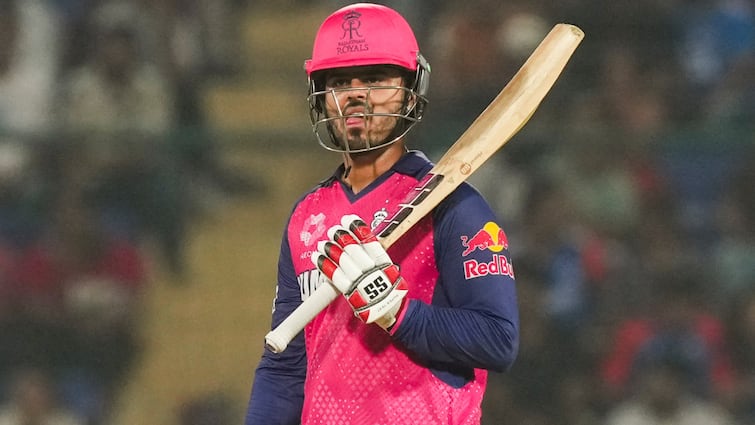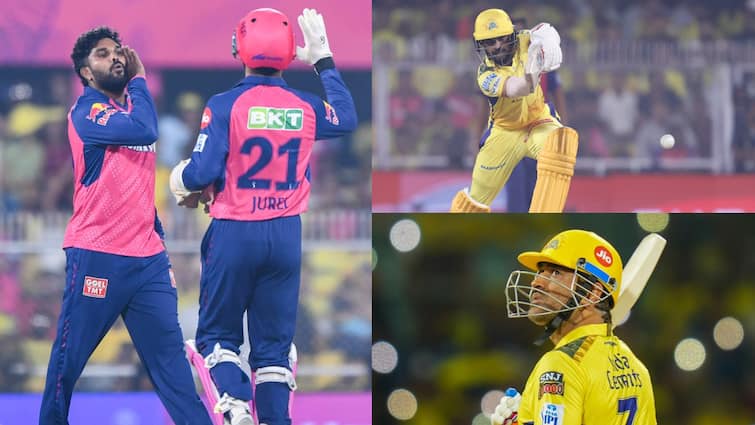- May 10, 2023
Generally, a bad ball is just a bad ball; no one plays to lose

It is now a fact of life that when a player has a bad day on the field at the IPL, he will be trolled by his team’s fans, by neutrals, and anybody with a social media account. The latest to receive the full blast of public opprobrium is Rajasthan Royals’ Sandeep Sharma who bowled a no-ball and conceded a last-ball six to allow Sunrisers Hyderabad to squeak through.
No one plays to lose (we won’t get into the seamier side of sport here, although some of the trolls raised it), so the suggestion made in frustration by many who assume that professional sportsmen are not interested in winning is pure hogwash. But this is a line of criticism often heard from disappointed fans.
Occam’s razor
Some of the logic is convoluted, the conspiracy theories flow easily. In sport, however, Occam’s razor applies: the simplest explanation is usually the right one. Sandeep Sharma bowled badly. He bowled a no-ball and gave away a free hit.
Often when I hear a player being criticised unfairly, I cringe, although I have been a professional critic now for four decades. The difference between the near-unplayable ball and the one that is hit for six is often so slight that it might not even be visible to the naked eye. Good batters strike off average deliveries; great batters convert good deliveries into runs.
Yet the difference between the average and the good isn’t a lot, just a matter of millimetres. The unplayable delivery is a mythical beast, but the great delivery exists, although not every great delivery is guaranteed a wicket.
The theories I hear from people who ought to know better (including experts on television), and the reactions on social media suggest that often those who make emotional comments fail to realise what a subtle art cricket is, and how delicate the balance between success and failure can be.
Everybody has an opinion on cricket, which is excellent and a sign of its popularity. But not everyone is informed well enough to have an opinion. Yet, every shade of opinion affects the performer, even if he insists that it doesn’t.
Some years ago, there was a programme on television that sought to fix blame on a day’s poor performance on an individual or group of individuals. Leading ex-players acted as judges, and played to the gallery, making controversial statements often unbacked by evidence. It was then the most popular programme among players who prayed daily they wouldn’t be the ones to be drawn and quartered.
Not a natural sport
Cricket is not a natural sport like football or athletics. It involves getting into unnatural poses. The fast bowler, for instance, runs up full-face to the batsman but as he approaches the wicket he leaps, gets sideways and has to stop abruptly behind a line while delivering the ball without bending or straightening his arm. The pressure on the lower back, shoulders, knees, ankles is great. The number of muscles involved in this, and the play of these muscles against one another to ensure everything flows smoothly are elements that don’t figure in casual discussions on the game.
Coaches are fond of saying that cricket is a game played sideways. That is unnatural to begin with. Batters look at the approaching bowler over their left shoulder (if they are right handed) and have little time to think as the ball approaches them at speeds above 140 kmph. They have a split second to decide on and execute their shot, ensure they are protected from injury while doing so and keep track of the field placings, the possibilities and likely intentions of the bowler. All these work at just below the conscious level or the batter would run out of time.
The question is not whether critics on social media can do a better job, but whether they are even aware of the hundreds of small decisions which hold up the big decision that is made ball after ball, innings after innings, match after match, season after season for both batter and bowler.
Since the audience for cricket in our country runs into millions — there are more players and fans than there are chemists and accountants, artists and writers – perhaps it is time our universities introduced a course in cricket appreciation. If that is too restrictive, sports appreciation, perhaps. It could take its place alongside art and film appreciation courses.
It might not end the trolling, but we might get a better class of trolls!






